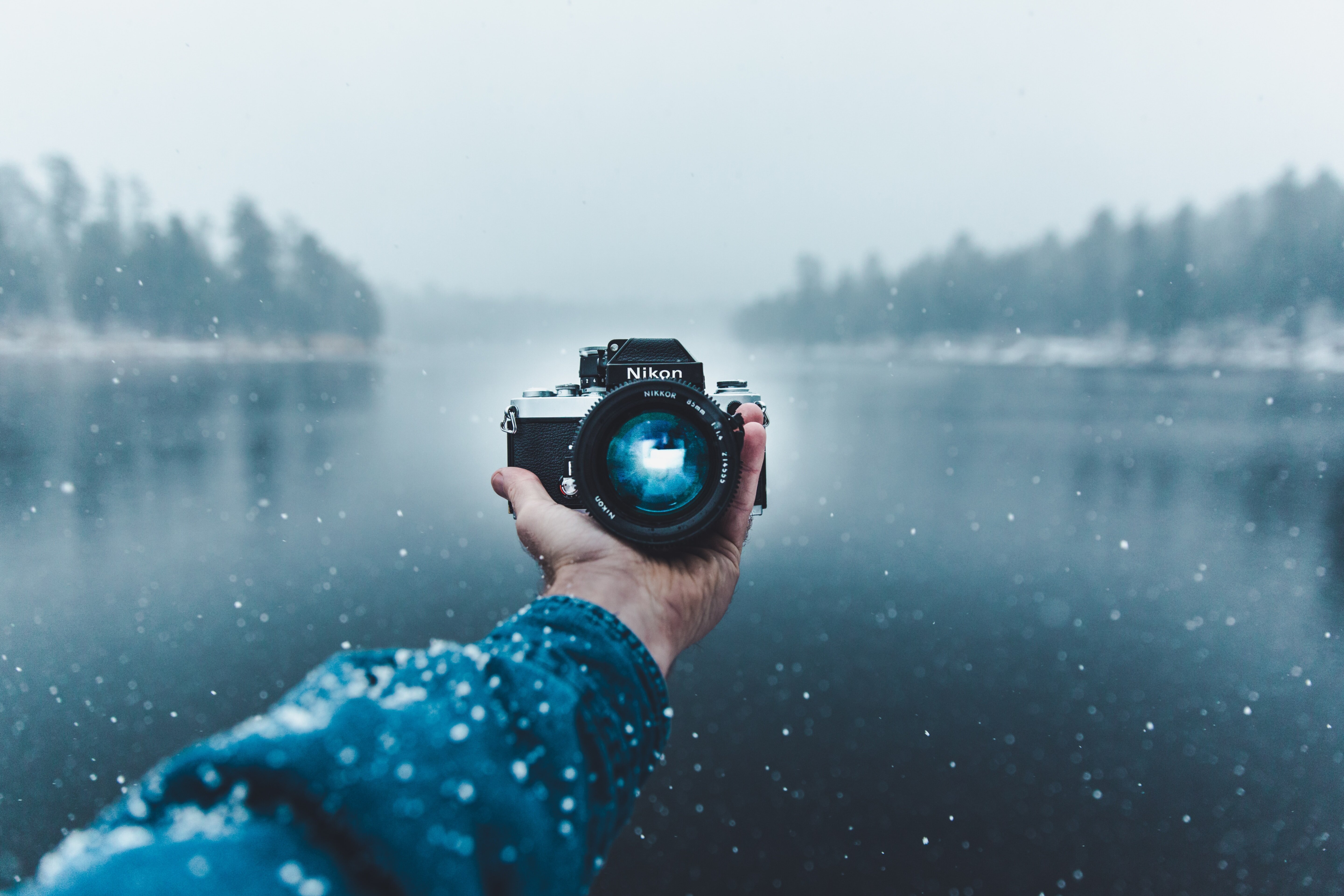AI Image Generators in 2024 Transforming Photos with Text-Guided Artistic Styles

I've been spending a good amount of time lately watching how text prompts are starting to dictate the very appearance of digital imagery, moving far beyond simple object placement. It feels less like telling a computer what to draw and more like briefing a very talented, albeit sometimes eccentric, art assistant on a specific aesthetic mandate.
Think about the shift: a few years ago, getting a machine to render a photorealistic cat was a triumph; now, the challenge is getting that same cat rendered specifically as a 19th-century daguerreotype that also looks slightly concerned about the rising cost of copper. This transition, driven by newer diffusion models trained on vast datasets tagged with style metadata, is fundamentally changing our relationship with visual creation and reproduction. I want to break down precisely what's happening under the hood when you type something like "a portrait of a lone astronaut standing on a basalt column, rendered in the impasto style of Van Gogh, but with the color palette of a faded Polaroid."
Let’s consider the mechanism behind these style transfers when driven by text. When I input that detailed string, the system isn't just finding images tagged "Van Gogh" and stitching them together; it's parsing the textual description into a latent space representation that dictates both content and texture simultaneously. The model has learned, through massive exposure to labeled examples, the statistical relationship between the words "impasto" and the resulting brushstroke distribution, and how that relates spatially to the structure described by "astronaut" and "basalt column." What’s fascinating is the way the guidance mechanism, often using classifier-free guidance, scales the influence of the text prompt versus the initial random noise seed. A higher guidance scale means the model aggressively tries to match every descriptor, sometimes leading to artifacts if the concepts are visually contradictory, like asking for smooth glass rendered with heavy, thick oil paint textures. I find myself constantly adjusting that guidance parameter, treating it like a sensitivity dial for textual obedience versus creative freedom within the established constraints. Furthermore, the quality of the underlying tokenizer—how the model breaks down my sentence into manageable chunks of meaning—is what separates truly coherent outputs from visually muddy failures. It’s a constant calibration exercise between descriptive precision and the model's learned stylistic grammar.
Reflecting on the output quality, particularly concerning photographic fidelity versus stylized interpretation, reveals a key differentiator in the current generation of tools. When the prompt leans heavily toward photorealism—say, "a sharp, high-resolution photograph of a rain-slicked Tokyo street at midnight, 50mm lens"—the system is essentially trying to minimize the variance from real-world physics as encoded in its training set, prioritizing accurate light falloff and lens distortion artifacts. However, introduce an artistic modifier, like "cinematic teal and orange grading," and the system switches modes, prioritizing the known color mapping associated with that filmic look over strict adherence to physically accurate nighttime illumination. This highlights that the system isn't a single monolithic renderer; it’s a series of conditional probability engines stacked on top of each other, where the prompt acts as a high-level switchboard operator directing traffic toward different learned visual pathways. I’ve noticed that models struggle most when style and subject require conflicting resolutions; for instance, requesting a "hyper-detailed microscopic view of a dewdrop" rendered in a "broad, abstract expressionist style" often results in a visual compromise where the detail is lost in the abstraction, or the abstraction feels pasted awkwardly onto a detailed base. It forces the user to understand the limitations of the learned style associations themselves.
More Posts from kahma.io:
- →7 Free Photo Editing Software Tools with AI-Powered Features in 2024
- →7 AI Photo Processing Tips for Capturing Professional Meeting Agenda Screenshots
- →7 Key Takeaways from Canva's Latest Certification Program for Photo Editors
- →7 Techniques for Creating Transparent Backgrounds in Canva for Enhanced Photo Compositions
- →7 Creative Ways to Enhance Blank Calendar Templates with AI-Powered Photo Editing
- →7 Essential Photo Editing Techniques to Transform Basic Save the Date Templates into Professional Designs